Rolls-Royce Begins Testing New Aluminium Architecture
Siddharth Vinayak Patankar
1 min read
Jan 06, 2016, 07:55 PM
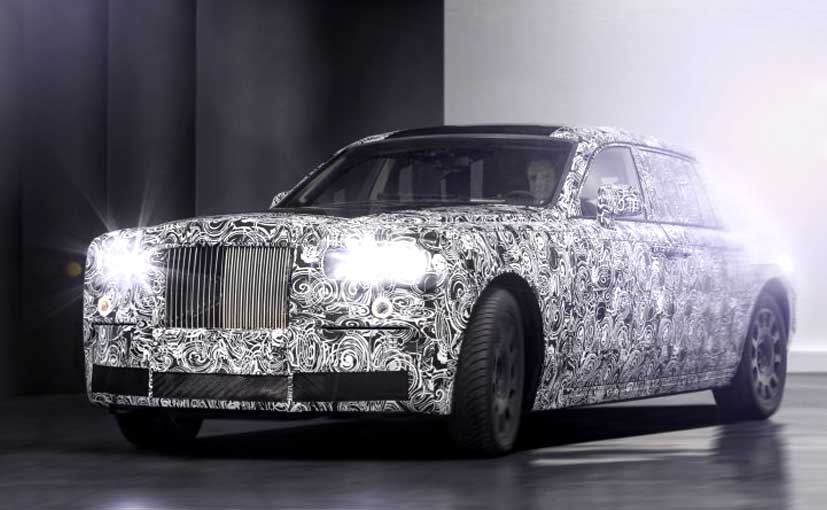
An all-new Phantom, Ghost, Wraith and the much-awaited Crossover from Rolls-Royce will all share a new-generation aluminium spaceframe architecture. The Goodwood-based ultra-luxury carmaker has announced that it is now beginning real-world testing of this new architecture. The first product likely to get it will be the SUV the company announced a few months ago, currently dubbed Project Cullinan. All of this development is being financed with cash within Rolls-Royce, with no infusion or help from parent BMW.
The current Phantom Series II is based on the aluminium spaceframe that Rolls-Royce owner BMW derived from the Z8 roadster programme in 2003. So it is in need of a replacement anyway. The current Ghost Series II rides on the platform it loosely shared with the previous generation 7 Series - and the Wraith spawned off that too.
The company promises to have test mules driving on actual roads soon, which will test among other things - how to tune the new platform to maintain Rolls-Royce's signature 'magic carpet ride'. The picture released by Rolls-Royce shows a test mule, that still appears to be a Phantom, but the rear has been masked in bright light. This disguises whether or not we see a crossover/wagon-like roofline or not - which is intentional, as that is what I reckon we can expect the upper silhouette of the crossover to be like too.
Torsten Muller-Otvos, CEO, Rolls-Royce Motor Cars said, "Since 2003 Rolls-Royce Motor Cars has reset the benchmark for luxury motoring. Now it is time to take the next step in the luxury journey. This is why I am announcing today that on-road testing of our all-new proprietary architecture is beginning. This new architecture of pure luxury represents considerable investment in the future of our great brand."
The new architecture will allow Rolls-Royce to gain in many ways. Agility, greater stiffness, performance, refinement, reduced tyre noise and ride quality will be the most obvious benefits. But more important from the manufacturing point of view will be the advanced electrical architecture that goes with it. This will allow Rolls-Royce cars to have an option of electrification and possible hybrid powertrains. It will also mean being able to offer even more sophisticated features like autonomous driving, active steering, and the new 7 Series' gesture control.
Soon after announcing Project Cullinan in February 2015, Rolls-Royce had begun testing a new all-wheel drive system using Phantom-based test cars. The new SUV will use that system, and the new architecture - and is slated to arrive to market in early 2018. It will be followed quickly by a new Phantom. Expect the new Ghost and Wraith only post 2020.
The current Phantom Series II is based on the aluminium spaceframe that Rolls-Royce owner BMW derived from the Z8 roadster programme in 2003. So it is in need of a replacement anyway. The current Ghost Series II rides on the platform it loosely shared with the previous generation 7 Series - and the Wraith spawned off that too.
The company promises to have test mules driving on actual roads soon, which will test among other things - how to tune the new platform to maintain Rolls-Royce's signature 'magic carpet ride'. The picture released by Rolls-Royce shows a test mule, that still appears to be a Phantom, but the rear has been masked in bright light. This disguises whether or not we see a crossover/wagon-like roofline or not - which is intentional, as that is what I reckon we can expect the upper silhouette of the crossover to be like too.
Torsten Muller-Otvos, CEO, Rolls-Royce Motor Cars said, "Since 2003 Rolls-Royce Motor Cars has reset the benchmark for luxury motoring. Now it is time to take the next step in the luxury journey. This is why I am announcing today that on-road testing of our all-new proprietary architecture is beginning. This new architecture of pure luxury represents considerable investment in the future of our great brand."
The new architecture will allow Rolls-Royce to gain in many ways. Agility, greater stiffness, performance, refinement, reduced tyre noise and ride quality will be the most obvious benefits. But more important from the manufacturing point of view will be the advanced electrical architecture that goes with it. This will allow Rolls-Royce cars to have an option of electrification and possible hybrid powertrains. It will also mean being able to offer even more sophisticated features like autonomous driving, active steering, and the new 7 Series' gesture control.
Soon after announcing Project Cullinan in February 2015, Rolls-Royce had begun testing a new all-wheel drive system using Phantom-based test cars. The new SUV will use that system, and the new architecture - and is slated to arrive to market in early 2018. It will be followed quickly by a new Phantom. Expect the new Ghost and Wraith only post 2020.
Trending News
Latest News
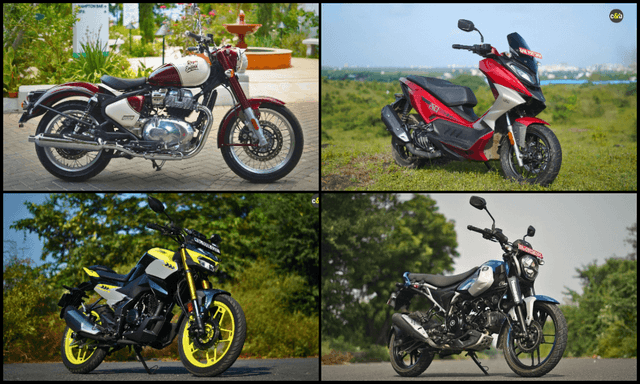 car&bike Team | Dec 2, 2025Two-Wheeler Sales November 2025: Most Manufacturers Report Double-Digit GrowthIn the penultimate month, major two-wheeler manufacturers reported varied performances, with most brands recording year-on-year growth across domestic and export markets, while a few saw marginal declines.4 mins read
car&bike Team | Dec 2, 2025Two-Wheeler Sales November 2025: Most Manufacturers Report Double-Digit GrowthIn the penultimate month, major two-wheeler manufacturers reported varied performances, with most brands recording year-on-year growth across domestic and export markets, while a few saw marginal declines.4 mins read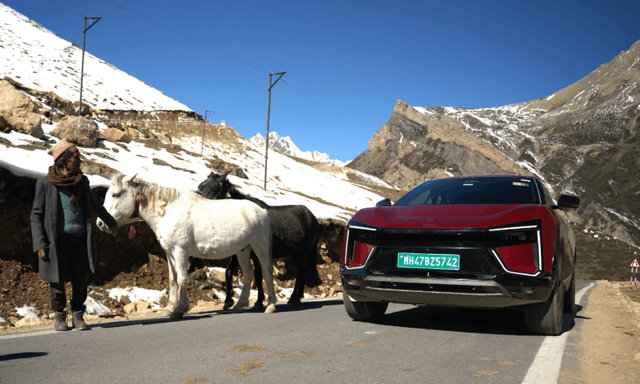 Carandbike Team | Dec 2, 2025Adi Kailash Yatra On Four Wheels And A Battery!We recently drove a Mahindra BE 6 to Adi Kailash and Om Parvat, located in the Kumaon region of Uttarakhand. Read on if the idea of driving an EV to forward locations bordering Tibet and Nepal, with no fast-charging infrastructure intrigues you.. or if you’ve been contemplating a similar adventure yourself.8 mins read
Carandbike Team | Dec 2, 2025Adi Kailash Yatra On Four Wheels And A Battery!We recently drove a Mahindra BE 6 to Adi Kailash and Om Parvat, located in the Kumaon region of Uttarakhand. Read on if the idea of driving an EV to forward locations bordering Tibet and Nepal, with no fast-charging infrastructure intrigues you.. or if you’ve been contemplating a similar adventure yourself.8 mins read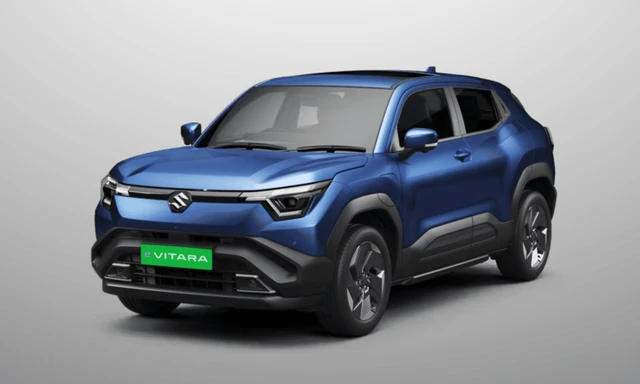 car&bike Team | Dec 2, 2025Indian-Spec Maruti Suzuki e Vitara To Be Unveiled Today: All You Need To KnowThe e Vitara is the carmaker’s first shot in the electric vehicle segment, and here is all you need to know about it.4 mins read
car&bike Team | Dec 2, 2025Indian-Spec Maruti Suzuki e Vitara To Be Unveiled Today: All You Need To KnowThe e Vitara is the carmaker’s first shot in the electric vehicle segment, and here is all you need to know about it.4 mins read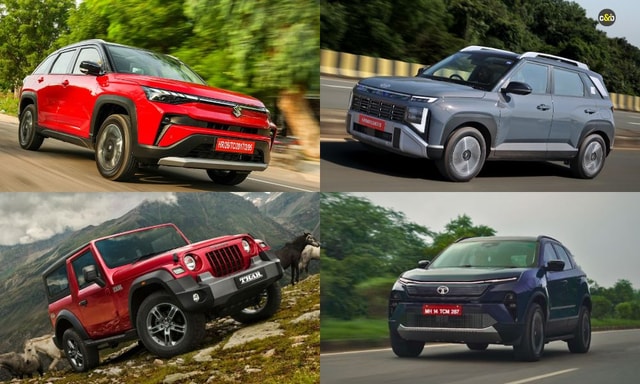 car&bike Team | Dec 1, 2025Car Sales November 2025: Major Brands Witness Dip In Domestic Numbers After Bumper OctoberAfter a record breaking October most automakers witnessed a drop in car sales in November, but they were still able to hold on to the momentum3 mins read
car&bike Team | Dec 1, 2025Car Sales November 2025: Major Brands Witness Dip In Domestic Numbers After Bumper OctoberAfter a record breaking October most automakers witnessed a drop in car sales in November, but they were still able to hold on to the momentum3 mins read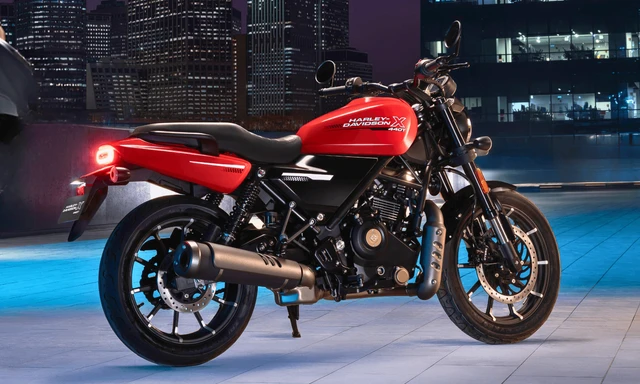 Jafar Rizvi | Dec 1, 2025New Harley Davidson X440T Unveiled Ahead Of LaunchThe X440T gets a revised rear-end, while carrying the same look as the X440 motorcycle.1 min read
Jafar Rizvi | Dec 1, 2025New Harley Davidson X440T Unveiled Ahead Of LaunchThe X440T gets a revised rear-end, while carrying the same look as the X440 motorcycle.1 min read Jafar Rizvi | Dec 1, 20252025 India Bike Week Venue Changed: To Be Held In PanchganiAfter weeks of uncertainty, 2025 IBW will be held at a new venue On December 19, 20.2 mins read
Jafar Rizvi | Dec 1, 20252025 India Bike Week Venue Changed: To Be Held In PanchganiAfter weeks of uncertainty, 2025 IBW will be held at a new venue On December 19, 20.2 mins read
 Seshan Vijayraghvan | Nov 29, 2025Mahindra XEV 9S First Drive Review: Big Electric SUV, Bigger ExpectationsThe XEV 9S lands at a time when the EV crowd is growing fast. It’s a big, born-electric, three-row SUV that starts under 20 lakh. It sits close to the XUV700 in size, but the brief is very different. Here’s what it’s like on the road.11 mins read
Seshan Vijayraghvan | Nov 29, 2025Mahindra XEV 9S First Drive Review: Big Electric SUV, Bigger ExpectationsThe XEV 9S lands at a time when the EV crowd is growing fast. It’s a big, born-electric, three-row SUV that starts under 20 lakh. It sits close to the XUV700 in size, but the brief is very different. Here’s what it’s like on the road.11 mins read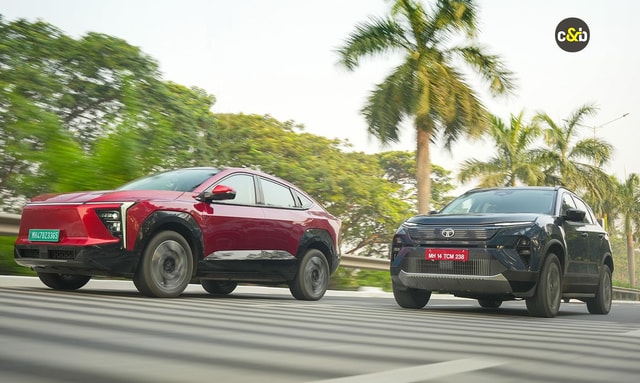 Bilal Firfiray | Nov 26, 2025Tata Harrier EV vs Mahindra XEV 9e: Battle Of India’s Electric TitansWhen India made two electric SUVs battle it out, the winner is the buyer. They get a choice to take home what’s best suited for them – and read on to find out which one is better for YOU.1 min read
Bilal Firfiray | Nov 26, 2025Tata Harrier EV vs Mahindra XEV 9e: Battle Of India’s Electric TitansWhen India made two electric SUVs battle it out, the winner is the buyer. They get a choice to take home what’s best suited for them – and read on to find out which one is better for YOU.1 min read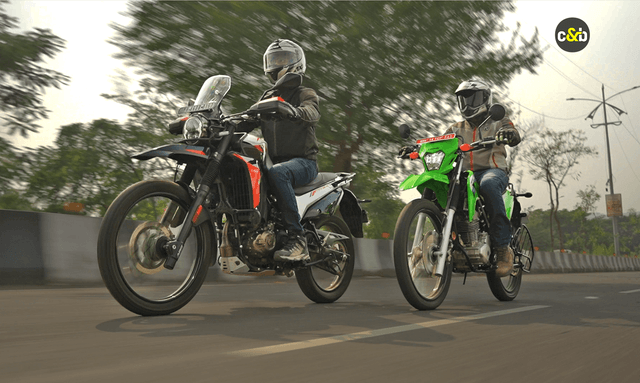 Janak Sorap | Nov 19, 2025Hero Xpulse 210 Vs Kawasaki KLX 230 Comparison Review: Dual-Sport DilemmaWith a price difference of just Rs 12,000, which of the two dual-sport motorcycles is meant for you?1 min read
Janak Sorap | Nov 19, 2025Hero Xpulse 210 Vs Kawasaki KLX 230 Comparison Review: Dual-Sport DilemmaWith a price difference of just Rs 12,000, which of the two dual-sport motorcycles is meant for you?1 min read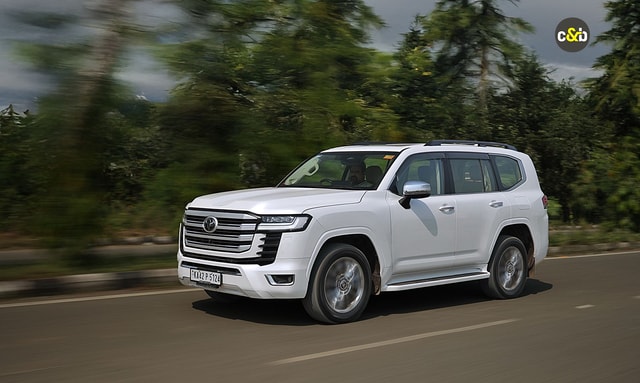 Jaiveer Mehra | Nov 17, 20252025 Toyota Land Cruiser 300 Review: Beast From The EastThe Land Cruiser name may have a long and storied history, but does it fit the bill for an Rs 2 crore-plus SUV in India?13 mins read
Jaiveer Mehra | Nov 17, 20252025 Toyota Land Cruiser 300 Review: Beast From The EastThe Land Cruiser name may have a long and storied history, but does it fit the bill for an Rs 2 crore-plus SUV in India?13 mins read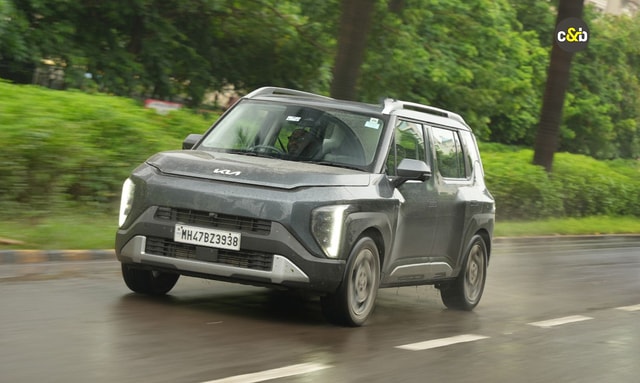 Seshan Vijayraghvan | Nov 17, 2025Kia Syros 1.0 Turbo Petrol: 6000 km Long-Term Review – Final Report!I lived with the Syros for more than 6000 km, over 3 months, and in this final report, I am going to talk about the Pros, the Cons, and everything in between.1 min read
Seshan Vijayraghvan | Nov 17, 2025Kia Syros 1.0 Turbo Petrol: 6000 km Long-Term Review – Final Report!I lived with the Syros for more than 6000 km, over 3 months, and in this final report, I am going to talk about the Pros, the Cons, and everything in between.1 min read



































































































































